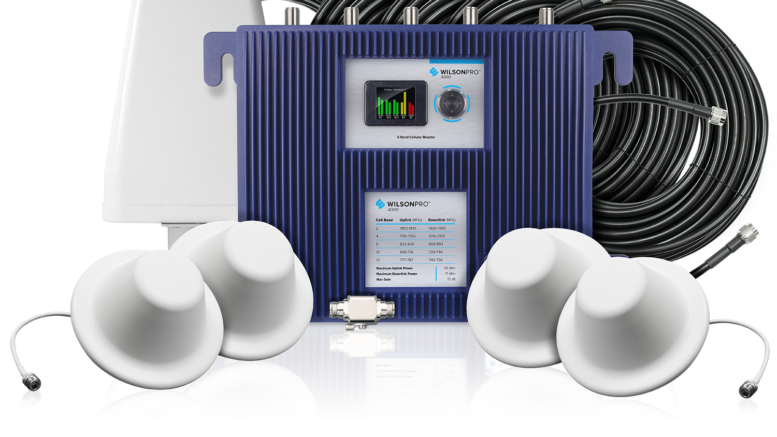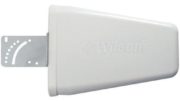The answer is simple, but it takes a little bit of math to get there.
First of all, the relationship between volts, amps, and watts can be confusing to the lay person. It’s easiest if you compare electricity to water, because you can see water and touch it and it makes a lot more sense.
Volts are roughly equivalent to water pressure, Amps measure how quickly the water is moving, and Watts are a way to describe how much water you’re getting over time.
What does this have to do with cell boosters?
When you look at the power supply of a cell booster, it’s sure to tell you that it supplies something like 5 volts at 2000mA (1000 mA=1 amp). To translate that into watts, which will really let you see how much power you’re using, use this calculator. Or, if you’re handy at math, just multiply volts x amps to get watts. Make sure you’re using the metric system properly… convert from microvolts or milliamps if you need to, then multiply. In the example above you’re using 10 watts of power. That’s equivalent to leaving one LED light on all the time, or two strong nightlights. Does that seem like a lot to you? When you consider the benefits that a cell booster brings to your home, it’s not that bad.
A typical cell booster isn’t going to use more than 15-20 watts at the top end. Larger commercial boosters like the one at the top of this article are going to use a touch more.
How much will you pay?
Energy is billed to you in kilowatt-hours, so to figure out how much money you’re spending to run that cell booster, feed the volts and amps measurements into the calculator to get watts, then multiply by .732 (which is 24×30.5, the rough number of hours in a month, divided by 1000 to convert from watts to kilowatts.) Electricity costs vary from location to location but chances are it’s not much more than a few cents.
What’s stopping you from getting a cellular signal booster?
I’m always amazed when people don’t have cell boosters. For some reason in the area I live, there really isn’t great coverage inside. I think it has to do with the use of aluminum studs which is very common here. That aluminum, combined with red brick, does a great job of blocking cell signals. Even if I have four bars outside it’s very common to have one bar inside.
That’s the exact scenario where adding a cellular signal booster is going to do the most good. You don’t have to settle for really poor service, just get a cell booster and install it yourself. For businesses, the installation process is a bit more complex but the benefits are huge. I’ll tell you business owners, the last thing you want is for your customers to have to leave your store to get a text message.
If you don’t know which booster you need, you can get a professional recommendation for free from Solid Signal. Our techs will help you get everything you need! Or, if you’re already confident, shop our great selection, where you’ll find everything right there waiting for you.




